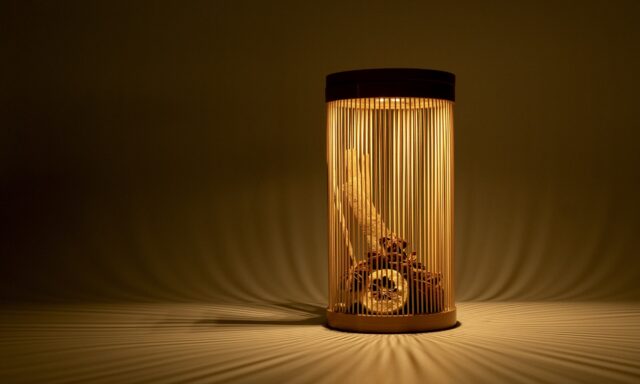Newly Launched “Yakiiro” Chopstick Rest by MIYAMA
New Products VOL.19
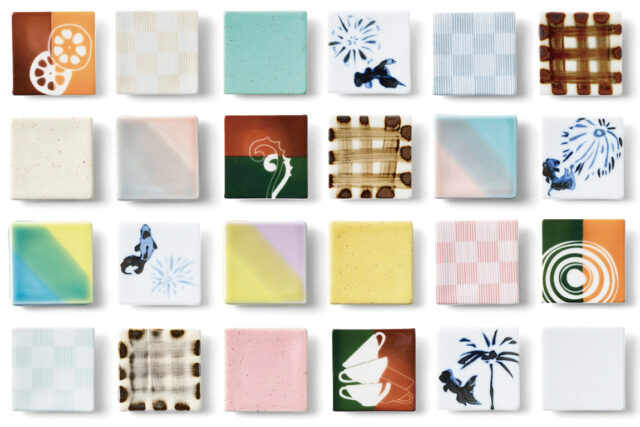

VOL.1-19
Update

VOL.1-27
Update

VOL.1-4
Update
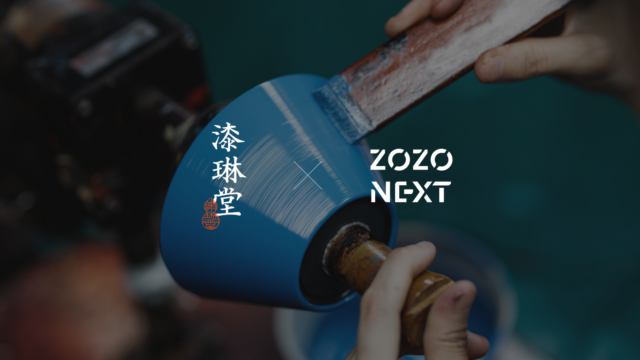
VOL.1-19
Update
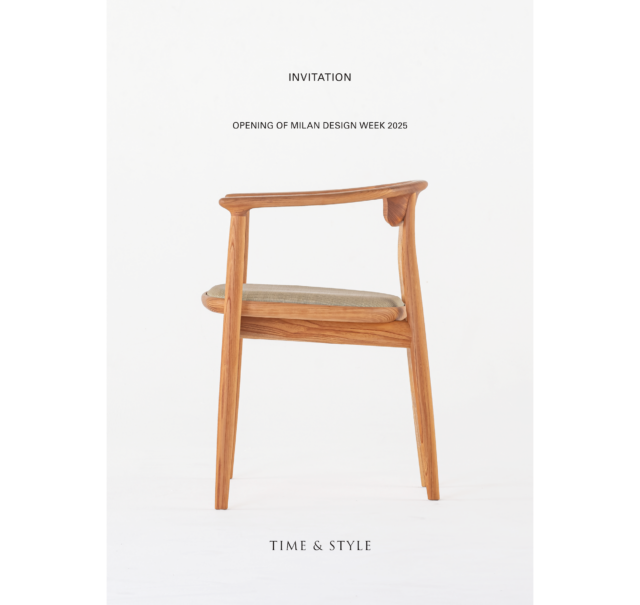
VOL.1-43
Update
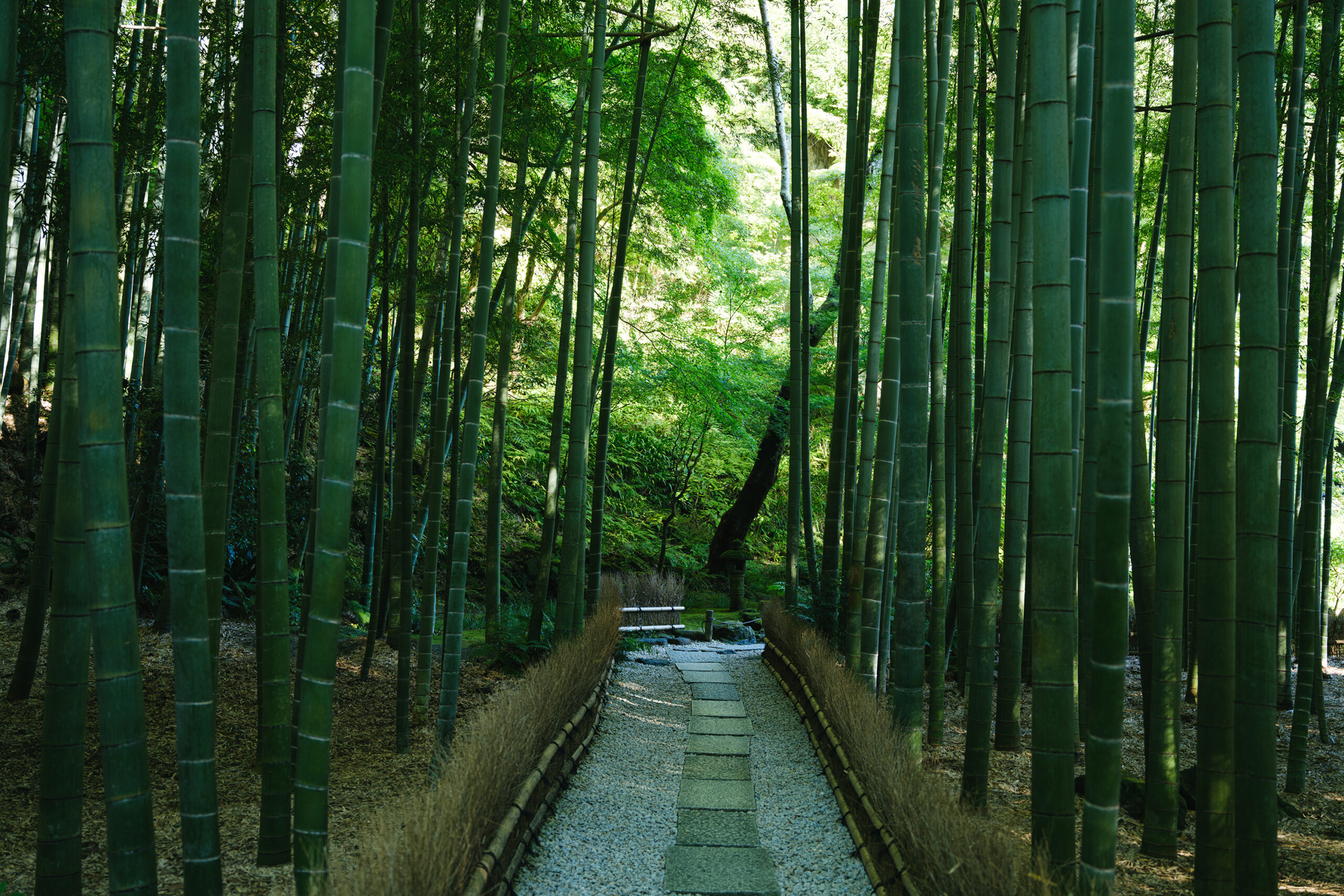
VOL.1-2
Update
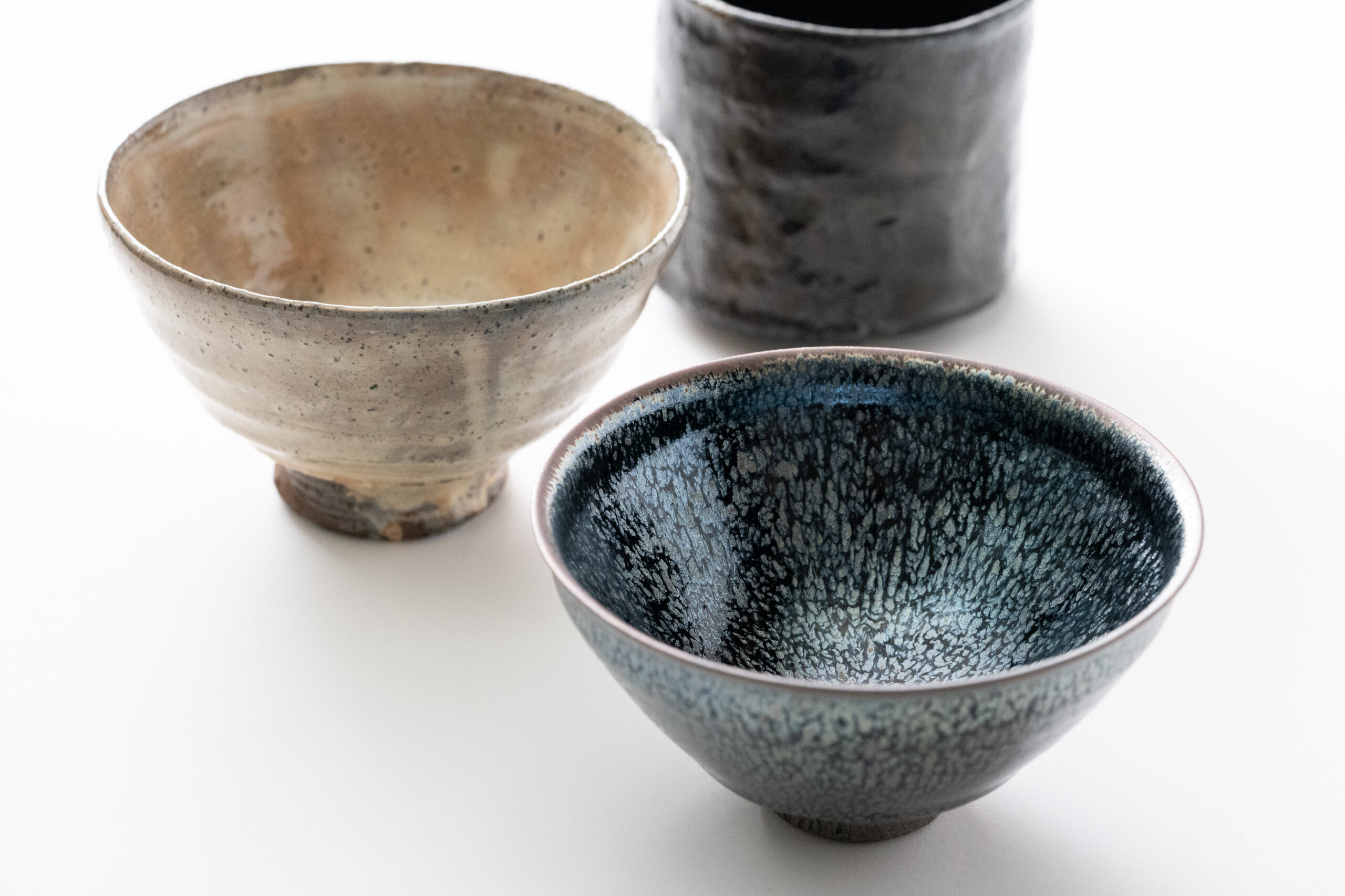
VOL.1-3
Update

VOL.1
Update

VOL.1-7
Update
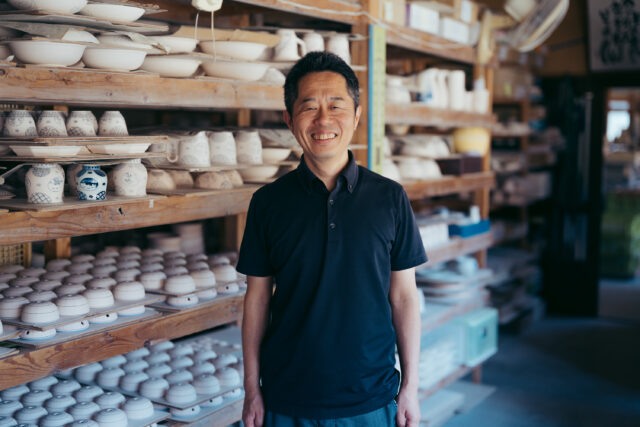
VOL.1-32
Update

VOL.1-12
Update
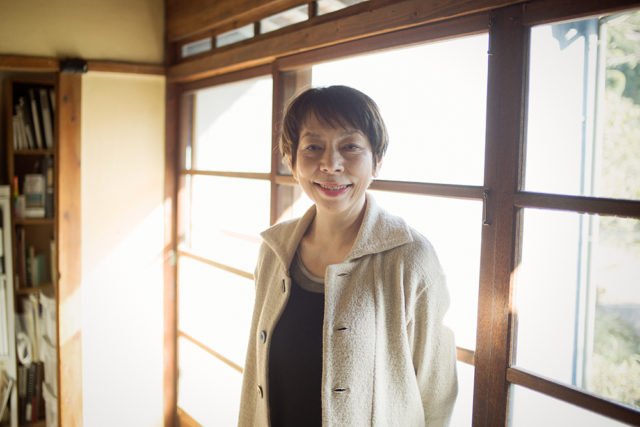
VOL.1
Update
We share a variety of information and perspectives on Japanese crafts, including exhibition information and interviews.
New Products VOL.19
Exhibition • Event Report VOL.27 AD
New Products VOL.18
Editor's Column "Craft Production Regions" VOL.4 AD
Jun 29 – Sep 7, 2025
Midorigaoka Art Museum Annex
Jul 1 – Jul 8, 2025
ART SPACE IGA
Jul 2 – Jul 8, 2025
Nihonbashi Mitsukoshi
Jul 4 – Jul 8, 2025
SHIBUYA KURODA TOEN

En is a term used to describe connections and relationships between things. When people encounter something that feels like it was brought into their lives by some external power, they might say, “I feel a connection (en) to this.” While “運命” (unmei) or fate can also be used to express encounters with special or significant things, in Japanese society the term en is often preferred over “運命” (unmei). Unmei refers to events or outcomes that are predestined or predetermined, a concept that also exists in Western cultures. However, en refers more to the actual connections themselves between people or things, making it a concept that can be challenging to explain in more individualistic Western societies.
It is often said that when people are born, they cannot choose their place or environment. But are we really able to choose everything else in our lives for ourselves? The number of people we meet in our lives is limited, and even those meetings we think are predestined would not have occurred if the time and place were different. Even though we seem to be making our own paths, in fact life is made up of a series of en connections. With this in mind, we can think that the people around us and the environment in which we find ourselves now exist because of some kind of en relationship, and because of that we should cherish them. This is the essence of “縁を重んじる” (en wo omonjiru, or “valuing connections”), a significant perspective on life that has been nurtured in Japanese society.
Valuing en means being conscious of the chain of events or connections (連なり, tsuranari) in life. By seeing not only the person in front of us but also imagining the people further down that line of connections, our interest expands beyond daily, immediate events to encompass the context and background of things. In the world of art, the concept of “context” (文脈, bunmyaku) in society and history is given great importance. It is not just about whether a painting is beautiful but also about the meaning that painting holds within the context of society and history. In the future this will become an important concept in crafts as it is now in fine arts. Crafts have been seen as everyday tools, and until now there has been no need to discuss their context. However, as more and more convenient and mass-produced tools become available, and as society becomes more materially affluent, we must consider the role of crafts one step deeper in the future.
To do so, understanding the background of the art of making things will become increasingly crucial, as we learn to focus not only on the art historical context, but also on the local culture and traditions that underlie the backgrounds of various crafts. Bringing these perspectives together will be central to how we enjoy crafts in the future.
Although Japanese society has placed great importance on en up to now, it is said that contemporary Japan has entered an era where people are indifferent to others and the things around them. Certainly, there have been instances when the individual has become exhausted by the emphasis on valuing group connections, and it seems that modern Japanese society has lost sight of where it should be heading. However, taking an interest in the people in front of us and the things around us, and imagining some kind of connection with them, means broadening our horizons and experiencing diversity. There is a special value and fascination in feeling the regional culture and history behind the crafts of today. Start by showing an interest in the background of the crafts you hold in your hand, and try taking one small step forward. If you can feel a sense of en there, every piece of craftsmanship will help raise your appreciation to new heights.
